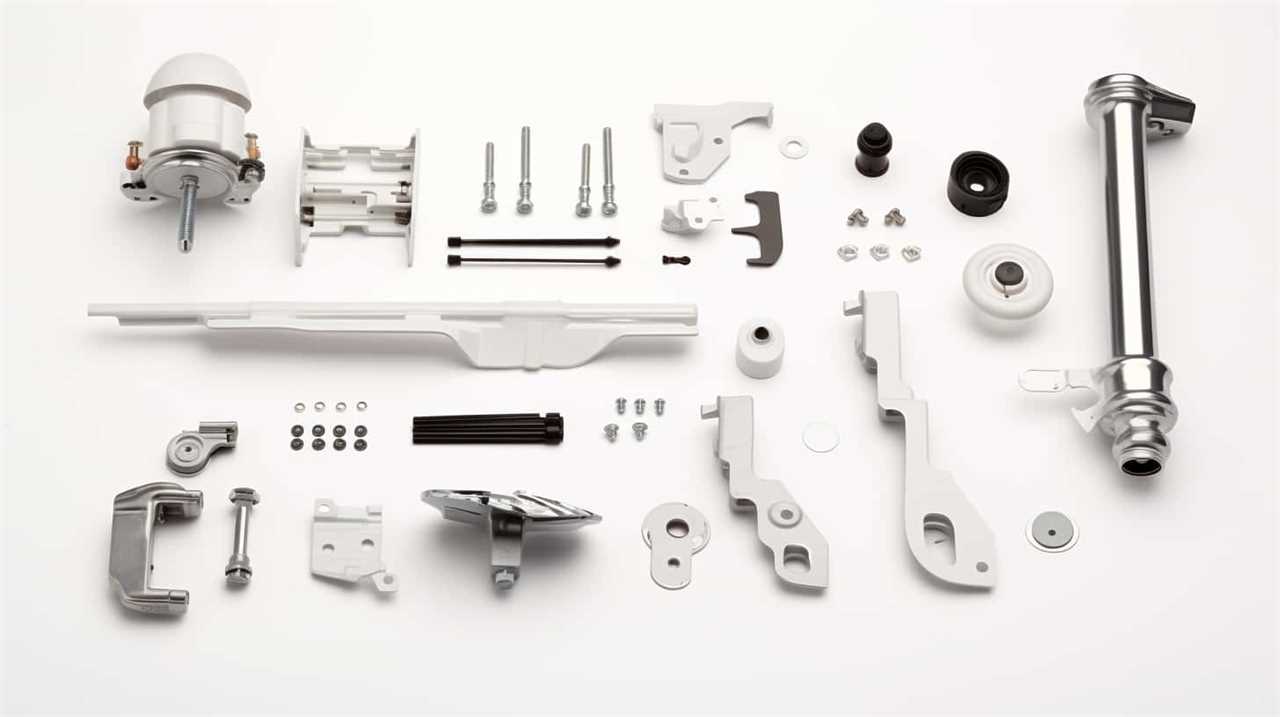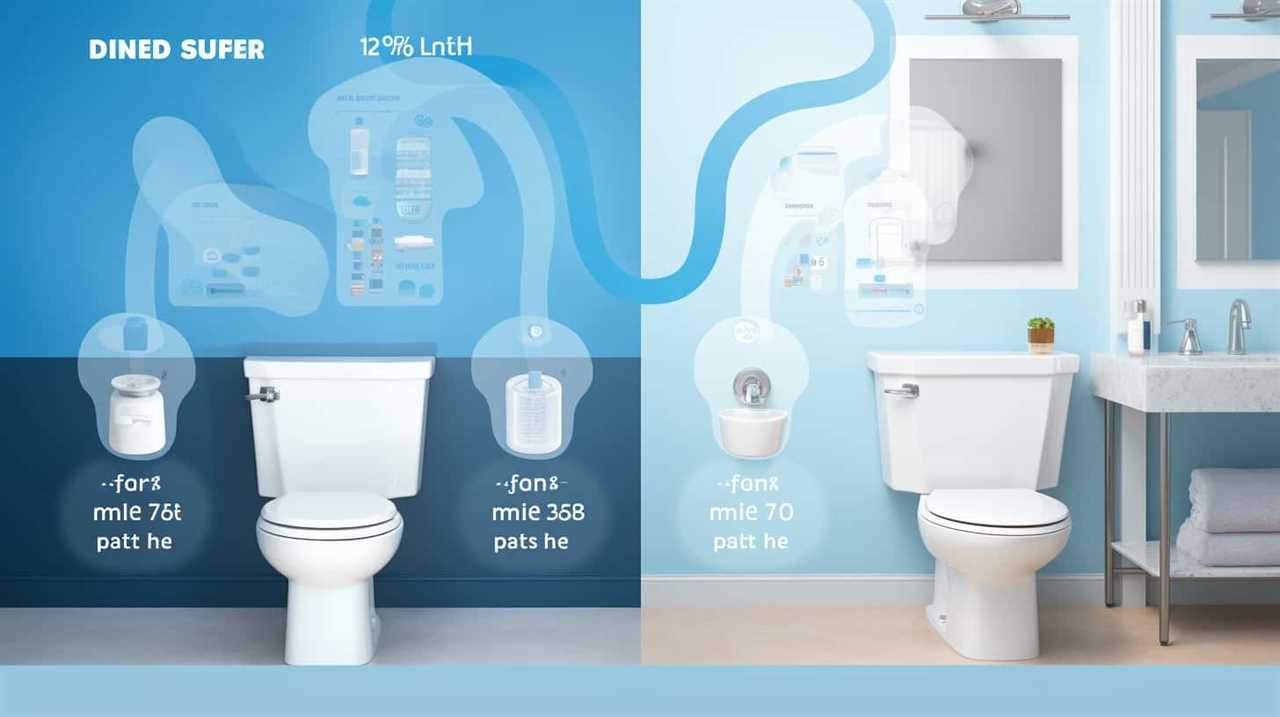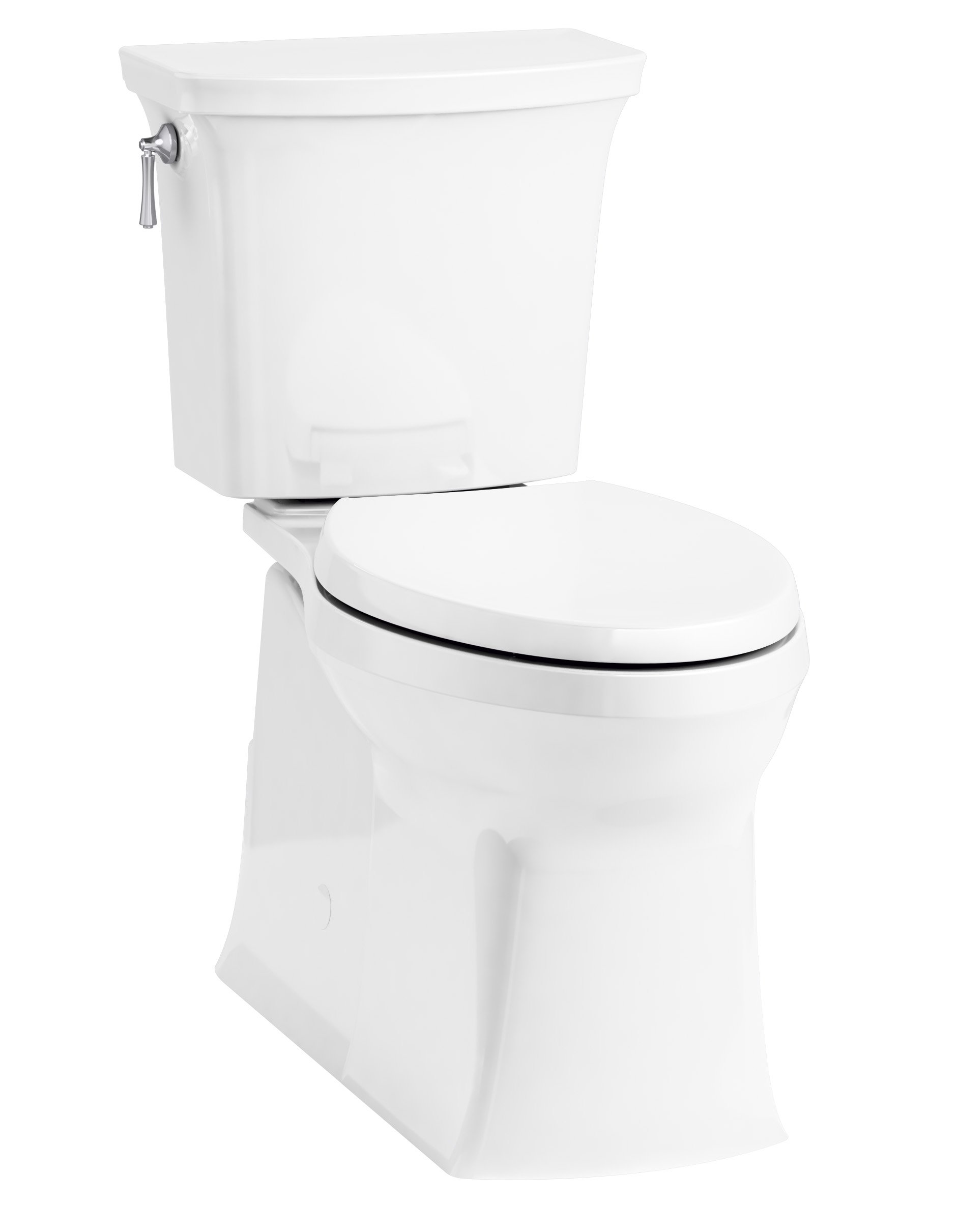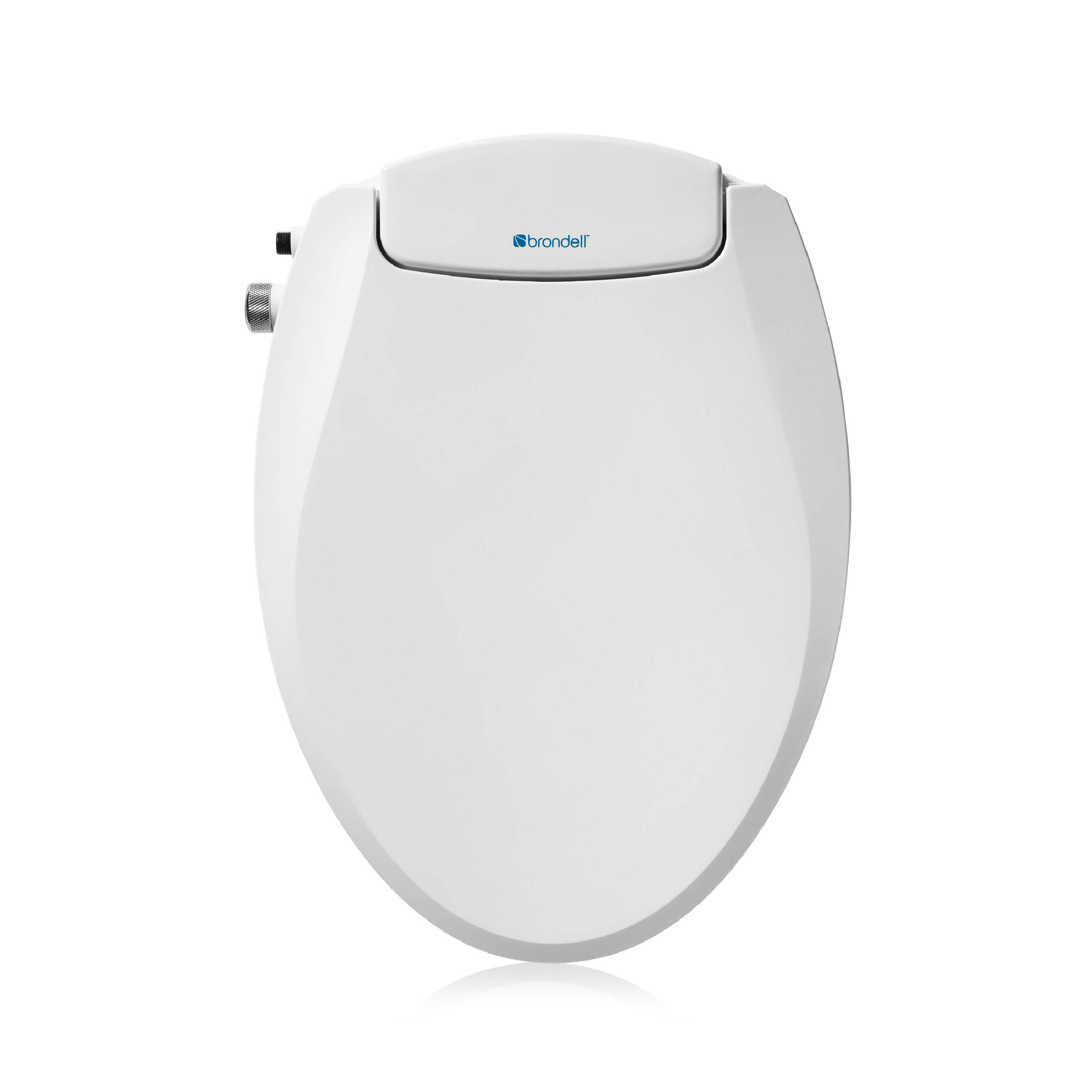Ever wondered what becomes of our waste once we flush the toilet?
Brace yourselves for an intriguing journey through the intricate world of the sewage system.
Join us as we delve into the complex process of wastewater treatment, where solids and debris are meticulously removed, organic matter is broken down, and treated wastewater is either reused or disposed of.
Prepare to unravel the mysteries of this intricate system, as we explore the fate of our flushed waste.

Key Takeaways
- Human waste is transported through an intricate network of pipes and infrastructure.
- Various sewage treatment technologies are used to remove contaminants and pathogens.
- Anaerobic digestion converts organic matter into biogas for energy generation.
- Treated wastewater can be reclaimed for various purposes like irrigation and industrial processes.
The Journey Through the Sewage System
After we flush the toilet, our human waste begins its journey through the sewage system. This intricate network of pipes and infrastructure transports our waste from our homes to the wastewater treatment plant.
Along the way, various sewage treatment technologies are employed to ensure that the waste is properly treated and disposed of. These technologies, such as sedimentation tanks, biological treatment processes, and disinfection methods, play a crucial role in removing harmful contaminants and pathogens from the wastewater.
Additionally, the environmental impact of sewage disposal is a significant concern. Improperly treated or disposed sewage can contaminate water bodies, leading to pollution and potential harm to aquatic ecosystems.
Considering the importance of proper sewage treatment and the potential consequences of inadequate disposal, it’s vital to understand the journey our waste takes through the sewage system and the need for effective treatment at the wastewater treatment plant.

Treatment at the Wastewater Treatment Plant
Once our human waste reaches the wastewater treatment plant, it undergoes a series of treatment processes to ensure proper disposal and removal of contaminants.
Water disinfection techniques are employed to eliminate harmful bacteria, viruses, and other microorganisms present in the wastewater. These techniques may include the use of chemicals like chlorine or ultraviolet (UV) radiation to disinfect the water.
Additionally, energy generation from sewage treatment is also an important aspect of the wastewater treatment process. By utilizing anaerobic digestion, the organic matter in the sewage can be converted into biogas, which can then be used as a renewable energy source. This energy generation not only helps to reduce the environmental impact of sewage treatment but also contributes to the overall sustainability of the wastewater treatment plant.
With the wastewater now disinfected and energy generated, the next step is to remove solids and debris from the water.

Removing Solids and Debris
To efficiently remove solids and debris from the wastewater, we regularly employ a screening process at the wastewater treatment plant. This process involves the use of screens or sieves to physically separate the larger solid particles and debris from the wastewater stream. These screens are designed with specific mesh sizes to capture different sizes of solids, ensuring effective removal.
In our wastewater treatment plant, we utilize a variety of screens to cater to different types of solids and debris. The table below provides an overview of the screens commonly used in our facility:
| Screen Type | Description |
|---|---|
| Bar Screens | Consist of vertical bars to intercept large solids and debris. |
| Drum Screens | Comprise rotating drums with perforated panels to capture smaller particles. |
| Fine Screens | Utilize finer mesh sizes to remove smaller materials such as hair and fibers. |
By employing these screening methods, we are able to prevent blockages and equipment damage further downstream in the treatment process. This initial removal of solids and debris is crucial for maintaining the efficiency and longevity of our wastewater treatment system.
With solids and debris effectively removed, we can now move on to the next step in the treatment process: breaking down organic matter.

Breaking Down Organic Matter
To efficiently break down the organic matter, we utilize a combination of biological and chemical processes at our wastewater treatment plant. These processes include anaerobic digestion and composting.
- Anaerobic digestion: This process involves the breakdown of organic matter in the absence of oxygen. Microorganisms break down the waste and produce biogas, which can be used as an energy source. The remaining material is then further processed.
- Composting: In this process, organic matter is decomposed by microorganisms under controlled conditions. The waste is mixed with other organic materials and turned periodically to ensure proper aeration. The end result is a nutrient-rich compost that can be used as fertilizer.
Reusing and Disposing of Treated Wastewater
After the organic matter in human waste has been broken down, we can now explore the options for reusing and disposing of the treated wastewater.
One option for reusing treated wastewater is to reclaim it for various purposes such as irrigation, industrial processes, and toilet flushing. Reclaimed water, when properly treated, can be a valuable resource that reduces the demand on freshwater sources. However, it’s crucial to carefully consider the environmental impact of using reclaimed water.
The potential risks include the presence of pathogens, chemicals, and contaminants in the treated wastewater. These can have detrimental effects on ecosystems and human health if not effectively managed. Therefore, proper treatment and monitoring of reclaimed water are essential to ensure its safe and sustainable use.

Additionally, the responsible disposal of treated wastewater that can’t be reused is equally important to prevent pollution of water bodies and protect the environment.
Frequently Asked Questions
What Are the Potential Health Risks Associated With Human Waste in the Sewage System?
There are potential health risks associated with human waste in the sewage system. These risks can include the spread of diseases and contamination of water sources, posing a threat to public health.
How Does the Sewage System Handle Industrial Waste or Other Non-Human Waste Materials?
When it comes to industrial waste management and non-biodegradable waste disposal, the sewage system employs various techniques to handle these materials effectively. From filtration and separation to specialized treatment processes, our system ensures proper management of these waste materials.
Are There Any Alternative Methods of Waste Disposal That Are Being Explored or Implemented?
We are exploring and implementing alternative methods of waste disposal, such as composting toilets and biogas generation. These technologies offer efficient and sustainable solutions for managing human waste, reducing environmental impact, and harnessing the potential energy.

How Does the Sewage System Handle Extreme Weather Conditions, Such as Heavy Rain or Flooding?
During extreme weather conditions, such as heavy rain or flooding, the sewage system infrastructure faces challenges in handling the increased volume of water. This can lead to sewage overflow, which has detrimental impacts on the environment and public health.
What Measures Are in Place to Prevent the Release of Harmful Chemicals or Contaminants Into the Environment During the Treatment Process?
To prevent contamination and ensure a safe treatment process, various measures are in place. These include rigorous monitoring of chemical levels, advanced filtration techniques, and the use of disinfectants to eliminate harmful contaminants before releasing the water back into the environment.
Conclusion
After embarking on a turbulent journey through the intricate sewage system, our human waste finds solace at the wastewater treatment plant. Here, amidst the bustling machinery and diligent workers, it undergoes a meticulous process of removing solids and breaking down organic matter.
Through this precise treatment, the once repugnant waste is transformed into a resource that can be reused or disposed of responsibly. It’s a triumph of technology and human ingenuity, ensuring the preservation of our environment and the well-being of future generations.











